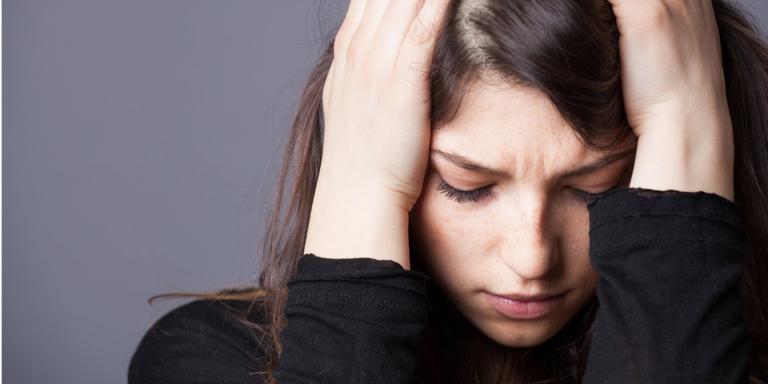Seasonal affective disorder (SAD) is a form of depression that rears its head in late fall and usually improves in spring when longer days return. Symptoms include fatigue, the desire to sleep, and increased appetite (often for carbs and sweets). Sufferers may feel hopeless and lose interest in activities they usually enjoy.
Who Gets SAD?
Women are four times more likely to experience SAD than men. People in northern latitudes where seasonal changes are more extreme often fall prey as well.
SAD has a biological basis. While one specific cause remains elusive, evidence confirms that the decreased sunlight is involved, according to integrative psychiatrist Hyla Cass, author of St. John’s Wort: Nature’s Blues Buster. Genetics, age, and chemical makeup also play a part.
Other factors include:
- Melatonin, a sleep-related hormone. The body typically produces more of it during winter’s long nights. SAD sufferers produce more melatonin than normal, which can lead to lethargy.
- Serotonin, a natural brain chemical improving mood. Reduced natural light has been linked to a drop in serotonin levels, which may in turn lead to depression.
- Circadian rhythm, a process that helps regulate our internal clock and tells us when to wake or sleep. In SAD, this process may be disrupted when levels of sunlight fall, possibly leading to depression.
In those prone to SAD, “sunlight deprivation triggers biochemical changes in the brain, directed by the brain chemicals melatonin and serotonin,” notes Dr. Cass. These changes disturb the natural circadian rhythms.
Bringing Back the Light
Dr. Cass recommends exposure to full-spectrum fluorescent lights. Light therapy mimics natural sunlight and leads to a biochemical change in the brain that lifts mood and reduces symptoms.
Daily exposure of 30 minutes at 10,000 lux of high-intensity artificial sunlight may provide relief. Before you invest in a light box, talk with a healthcare provider to learn which type is best for you. Prices vary and may not be covered by health insurance.
Dr. Cass also recommends St. John’s wort, noting that many people with moderate symptoms respond well to this herbal supplement.
While Natural Standard, an independent international research collaborative, has determined that the evidence for St. John’s wort for mild-to-moderate depression is convincing, it’s important to talk with your healthcare provider before trying it because there may be interactions with other drugs. Those who already take a prescription antidepressant should not switch to St. John’s wort on their own or combine the two, as side effects can increase.
When light and herbal therapies are combined, research shows even greater benefit. In addition, B vitamins—especially B6—help manage adequate levels of neurotransmitters, notes Dr. Cass.
Outdoor exercise may ward off a minor case of winter blues. Before the weather turns inclement, trim shrubs and branches near your home and open curtains, shades, and blinds to let the sun shine in.

